General Info – summary
This small dioecious Tree with grey, usually smooth bark is up to 7m high. Imparipinnate Leaves have up to 3 pairs of opposite, leathery leaflets. Rachis & petiole may be winged. Petiolules absent. Whitish, tiny, unisexual, regular, 4-merous Flowers are in panicles. Male flowers have 10 connate stamens with sessile anthers. Female flowers have a superior ovary + 2 ovules. Ripe Fruit is a pale drupe and Seeds lack arils.
Description
Ekebergia pterophylla
Previous Names: Trichilia alata, Trichilia peterophylla.
SA Tree No. 299.
Common names: (Afr) Baster-essenhout, Basternieshout, Klip-essenhout, Rotsessenhout, Rots-essenhout. (Eng) Rock Ash, Rock Cape Ash, Rock Essenhout. (siSwati) maGwedia, umNyamatsi. (Xitsonga) Nymaru.
Family: Meliaceae (Mahogany family). This family of mainly shrubs and small trees has 50+ genera and 570+ species. Most members are trees or shrubs. Perhaps the best-known local alien tree in this family is the seringa (The scientific name is Melia azedarach) with its poisonous yellow berries. This tree is considered invasive in the South Africa. In southern Africa, there are about 6 genera and 11 species. Those genera with trees include Ekebergia, Nymania, Khaya and Trichilia. Most trees are evergreen and Leaves are large, usually pinnately compound or simple, lack stipules and are usually alternate. They occur in a large cluster or on short shoots. The bisexual or unisexual Flowers are regular, axillary and in panicles (indeterminate, branched inflorescence with stalked flowers) or solitary. The Calyx has 4-5 sepals, which are free to near the base. The Petals are imbricate (having regularly arranged, overlapping edges). The 5 to many Stamens are free except at the base and the Anthers are dorsifixed (attached in the centre of the filament). The superior Ovary has a simple Style, which ends in a disc-like, head-like or lobed Stigma. The Fruit is a capsule or a drupe and may be winged or have a pulpy covering.
Name derivation: Ekebergia was named after Captain C.G. Ekeberg (1716-1784). He made 10 voyages to East India and China and brought home important natural history collections. In 1762 Carl Linnaeus got a living tea plant from Captain C. G. Ekeberg and succeeded getting it to flower in the summer of 1765. pterophylla – winged leaf rachis. This is not always easy to see. Ekebergia capensis is a closely related but a much larger tree.
Conservation: National Status: L C (Least Concern). Assessment: 2005 (W. Foden and L. Potter).
Tree
This lovely, slow growing evergreen Tree has a flat crown in rocky exposed situations. Under ideal conditions, it has a clean trunk, a rounded crown (photo 310) and may reach 7m but usually 3-5m high. The grey Bark (photo 301) may be light or dark and is usually smooth. With time, it may become rough and may appear mottled. Young branches are stout and thick.
- 310. 2018/09/11 Kirstenbosch NBG. Photo: David Becking.
- 301. 2018/09/11 Kirstenbosch NBG. Photo: David Becking.
Leaves
The bluish green, opposite, alternate or spirally arranged and leathery Leaves are up to 14cm long and may be trifoliate (with 3 leaflets) but are usually imparipinnate (pinnately compound leaf ending in a single leaflet – photo 304). There are up to 3 pairs of opposite lateral leaflets and the single terminal one, which is also the largest (photo 304). The paired Leaflets occur along either side of the leaf rachis (central stalk), like a feather. Leaflet Midribs are clearly visible on both sides. The Rachis (main axis bearing flowers or leaflets) and Petiole (leaf stalk) is up to 3cm long and may be winged (photo 304). When present, these wings help with identification. The elliptic to narrowly obovate (egg-shaped – with the narrower end at the base, like an upside-down egg) Leaflets are up to 5 x 3cm and the terminal leaflet is the largest. Petiolules (leaflet stalks – photo 304) are usually lacking. This helps to distinguish it from Ekebergia capensis that has distinct petiolules. On the leaflet of Ekebergia pterophylla the Apex is narrowly tapered to rounded and may be notched. The Base of each leaflet tapers narrowly. The leathery Margin is entire (with a continuous margin, not in any way indented) and rolled under. Young leaves develop from June to November and are tinged with pink.
- 304. 2018/09/11 Kirstenbosch NBG. Photo: David Becking.
- 304RR. 2018/09/11 Kirstenbosch NBG. Photo: David Becking.
- 307. 2018/09/11 Kirstenbosch NBG. Photo: David Becking. Leaf + sun.
Flowers
The small (diameter 5mm), white or slightly pink, sweetly scented, star-shaped and 4-merous Flowers are located in leaf axils or terminally. The tree is dioecious (unisexual floral structures with male and female parts are on separate plants) and flowers develop in up to 6cm long Panicles (indeterminate, branched inflorescence with stalked flowers). The Calyx is saucer shaped and the 4 Petals are imbricate (having regularly arranged, overlapping edges). An annular Disc (a more or less fleshy or elevated development of the receptacle) is present. In the Male flowers, the 10 connate (united or joined) Stamens have sessile Anthers. In the Female flowers, the superior, sessile Ovary has 2 ovules in each locule. The Style is short, thick and the Stigma is obscurely lobed. (Aug-Nov).
Fruit
The small Fruit is a fleshy drupe (a fleshy, usually 1-seeded indehiscent fruit with the seed enclosed in a stony endocarp; stone fruit e.g., peach). This plant may produce a large amount of fruit. Each drupe is up to 1cm wide and becomes a dull yellow, red or black when mature (photo 303). Each drupe produces 2 Seeds, and these seeds lack Arils (an appendage or outer covering of a seed and may appear as a pulpy covering. When present in other plants, the arils develop from a stalk, the funiculus that connects an ovule or a seed with the placenta). (Oct-Feb+).
- 303. 2018/09/11 Kirstenbosch NBG. Photo: David Becking.
Distribution & Ecology
This Tree occurs below 2 000m in land that is adjacent to the 90km long Pondoland Marine Protected Area in the Eastern Cape (from Port St Johns to close to Port Edward). This area extends less than 50km inland from the sea. From here plants occur northwards through KwaZulu-Natal where most plants occur e.g., the Ngoye Forest (3 900ha with a wide diversity of plants and animals – 11 km inland from Mtunzini –to the S.E. of Richards Bay). Trees occur northwards through Mpumalanga e.g., Blyder River Canyon, to Limpopo and in the eastern highveld of Eswatini (Swaziland). This slow growing tree is common on mountain slopes close to rocks, and on grassed or wooded hills. It also occurs in rocky ravines, on open woodland, forest margins, adjacent to the escarpment and on krantzes (krantz – encircling or overhanging / precipitous wall of rock). In rocky, exposed areas, the plant may become squat, bushy and flat crowned. Bees are attracted to the scented flowers and are the main pollinating agents.
Ethnobotany
The Tree grows easily from Seeds or cuttings. Both male and female trees are required for fruit production. This is usually achieved by planting selected male and female slips. This tree is slow growing but is a good addition to the garden. It makes a good container plant.
References
Boon, R. 2010. Pooley’s Trees of eastern South Africa. Flora and Fauna Publications Trust, Durban.
Coates Palgrave, M. 2002. Keith Coates Palgrave Trees of Southern Africa, edn 3. Struik, Cape Town.
Foden, W. & Potter, L. 2005. Ekebergia pterophylla (C.DC.) Hofmeyr. National Assessment: Red List of South African Plants version 2020.1. Accessed on 2023/03/17.
Palmer, E. & Pitman, N. 1972. Trees of southern Africa, Balkema, Amsterdam, Cape Town.
Schmidt, S. Lotter, M. & McCleland, W. 2002. Trees and Shrubs of Mpumalanga and the Kruger National Park.
van Wyk, B. & van Wyk, P. 1997 Field guide to Trees of Southern Africa, Struik, Cape Town.
http://pza.sanbi.org/ekebergia-pterophylla
http://www.greenplanet.co.za/plant.php?plant=265&pic=573&page=1
https://uses.plantnet-project.org/en/Ekebergia_capensis_(PROTA)#Ekebergia_benguelensis

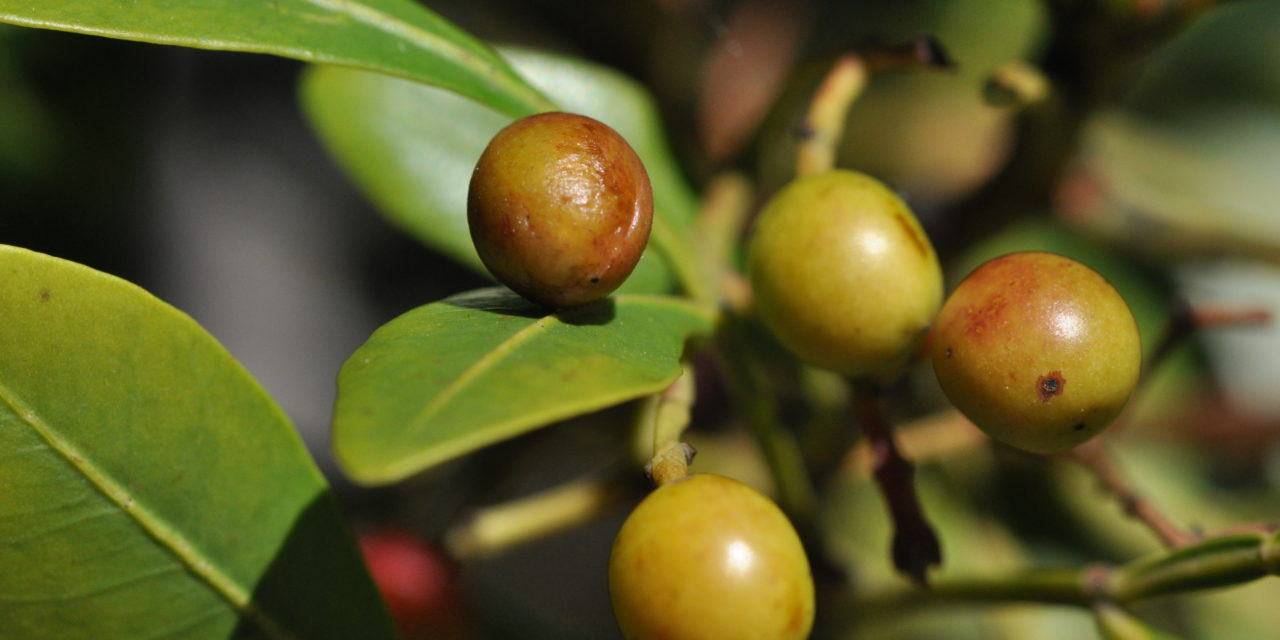
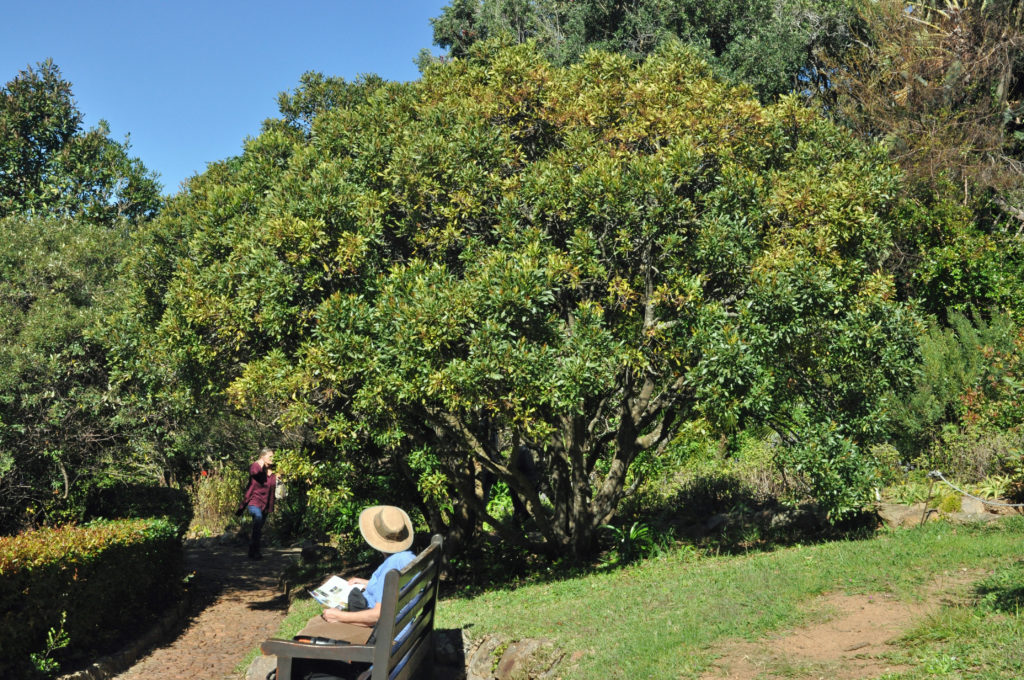
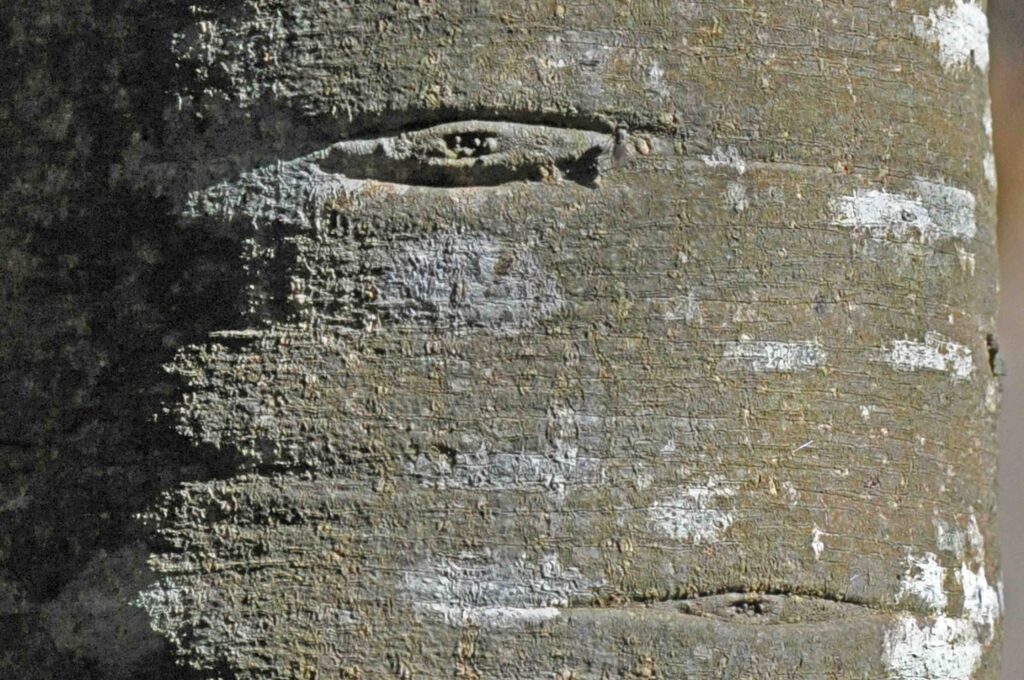

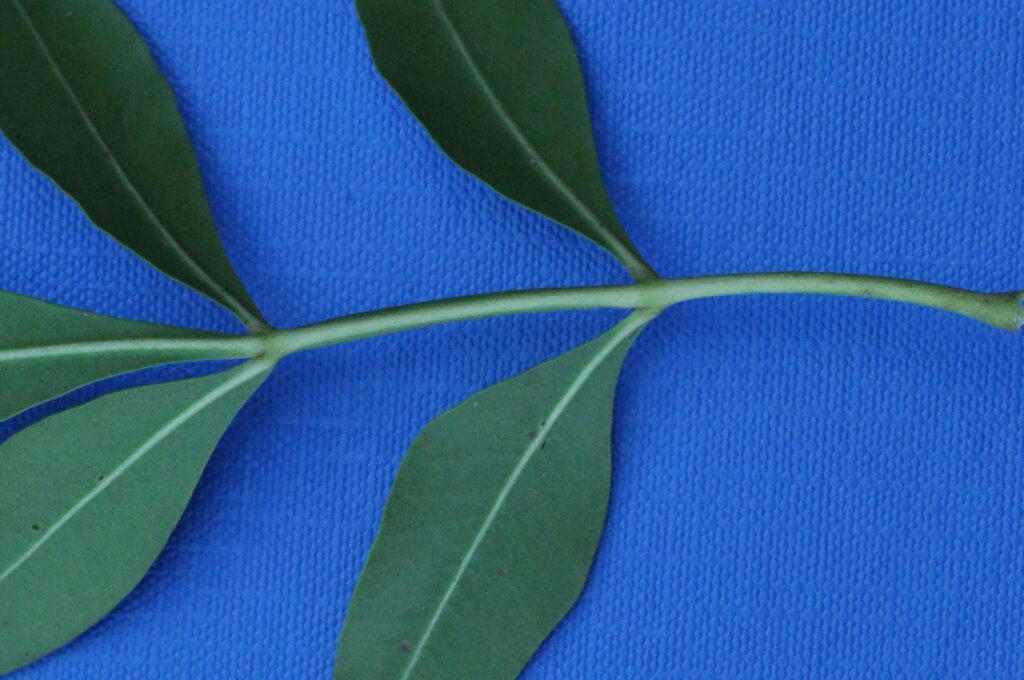
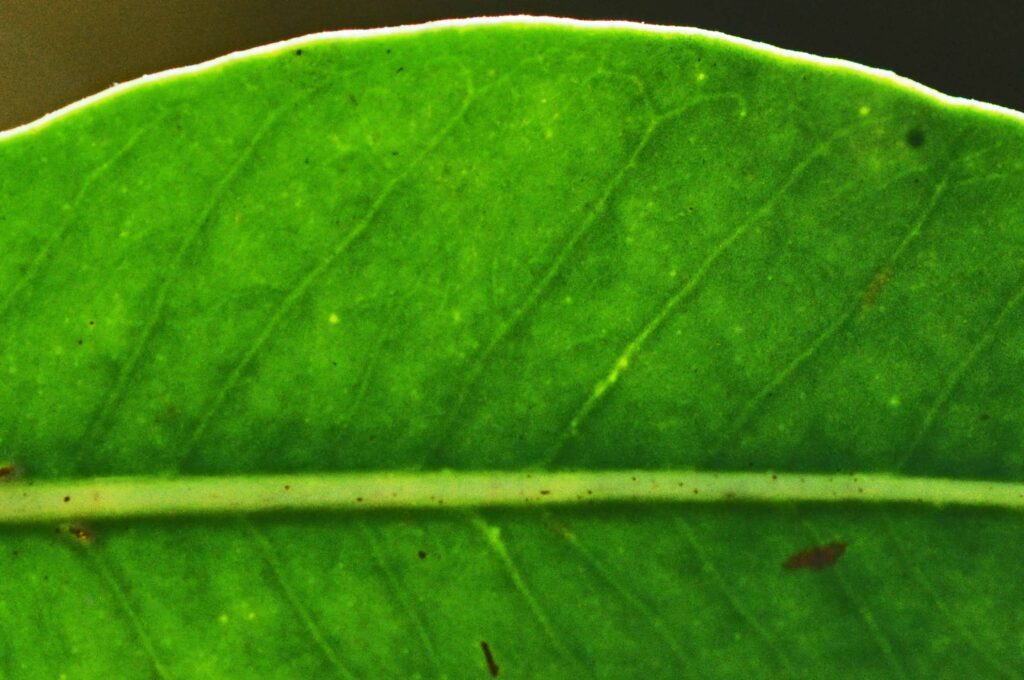
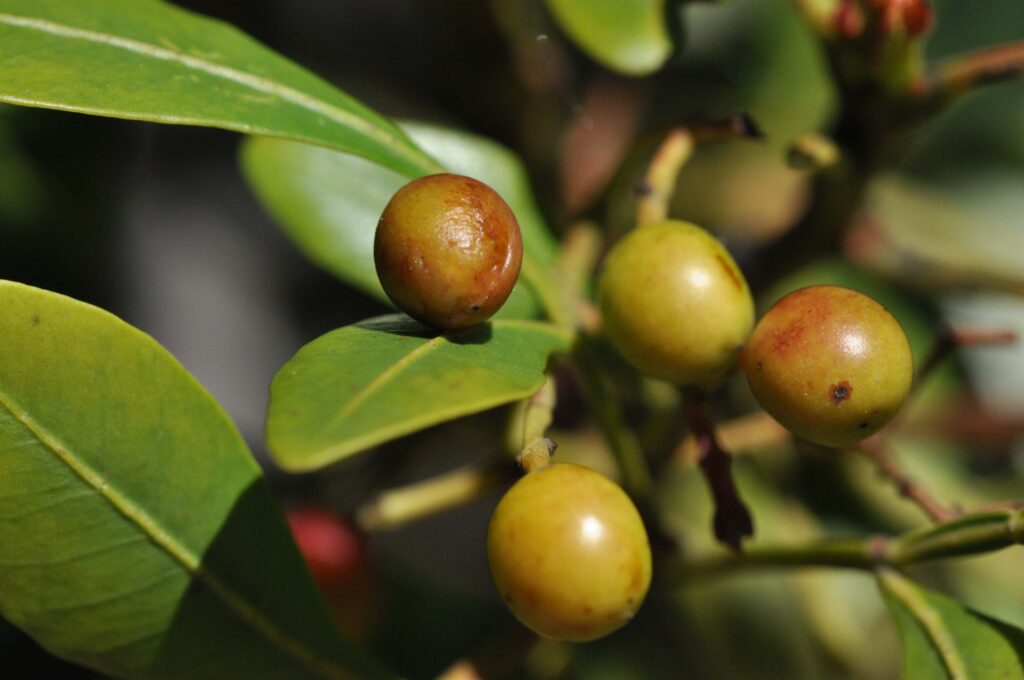
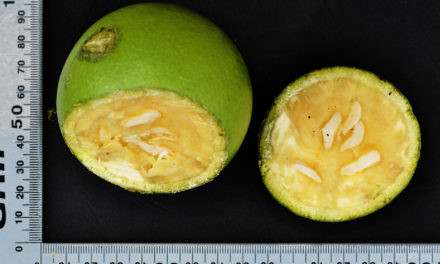
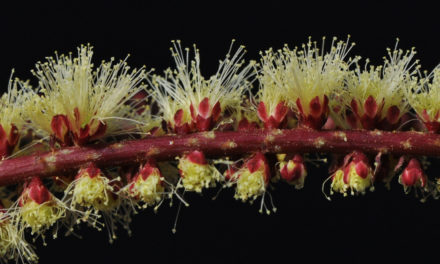
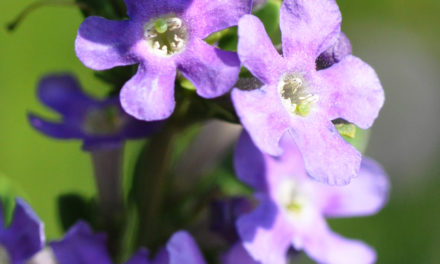
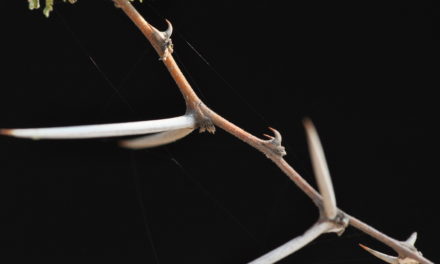
Dear David,
I am writing to seek your permission in using some of your photos for the purpose of research and publication. I am a doctoral student in University of Johannesburg. Thank you as I expect your response.
Kind regards,
Mariam
Hi Miriam
The photos may be used but need my name attached to each one.
Please let me know where the photos will be published. Good luck with your work.
Stay safe
David